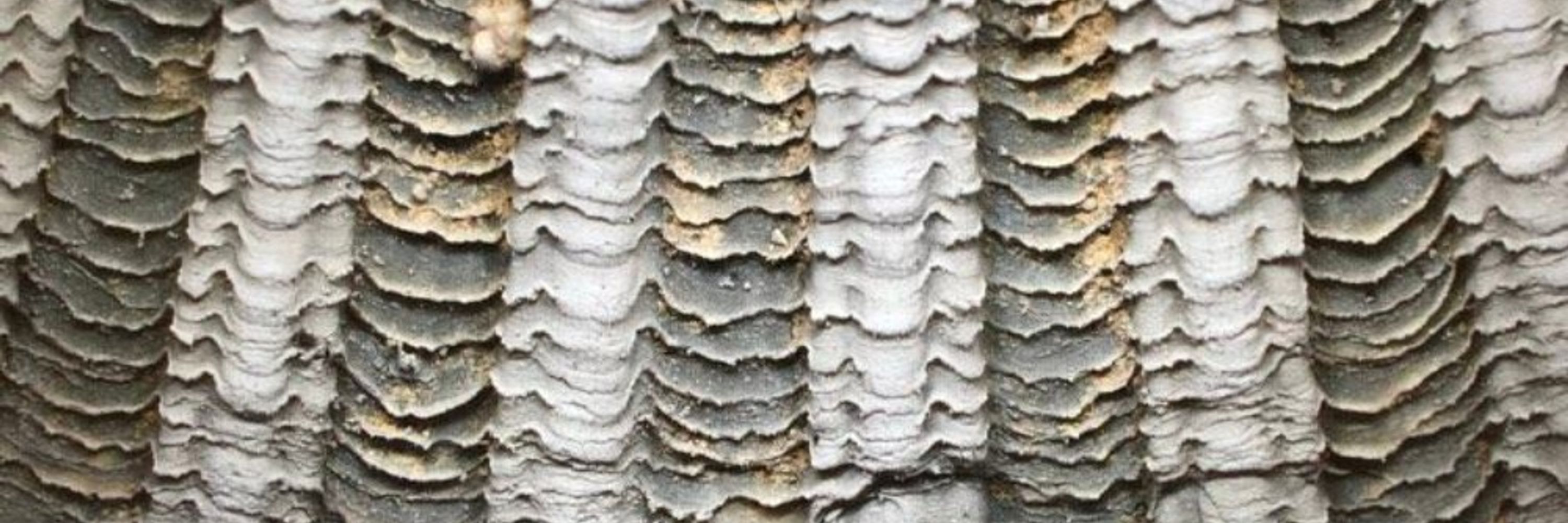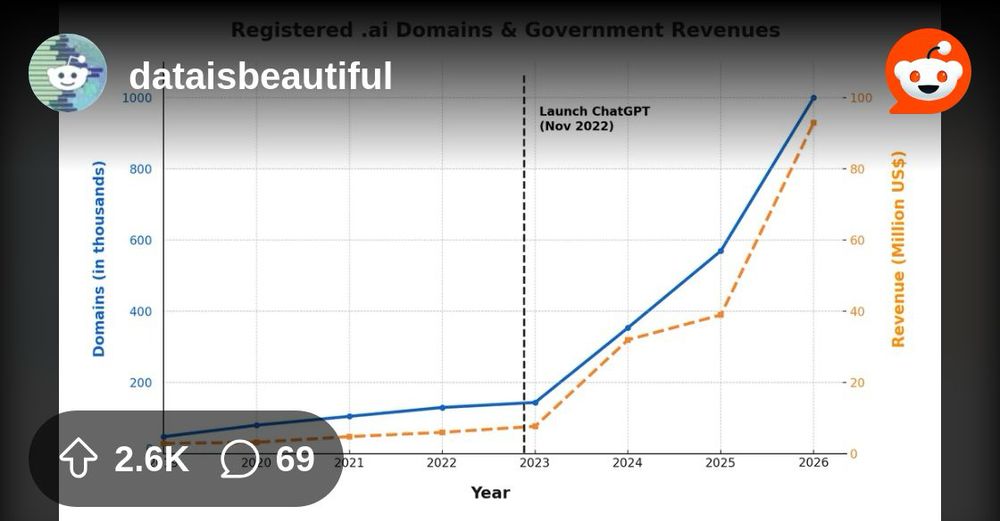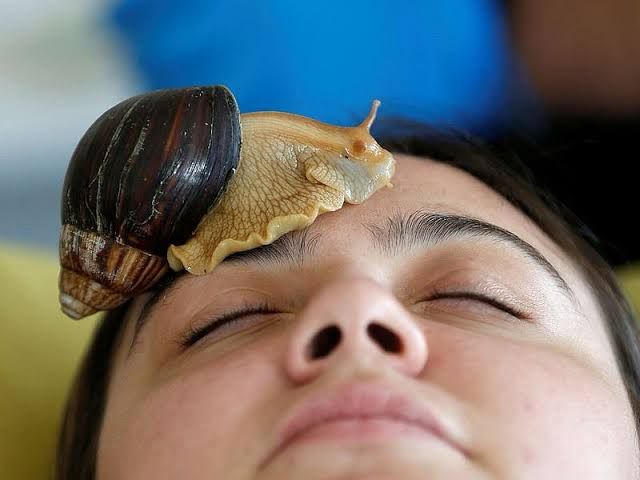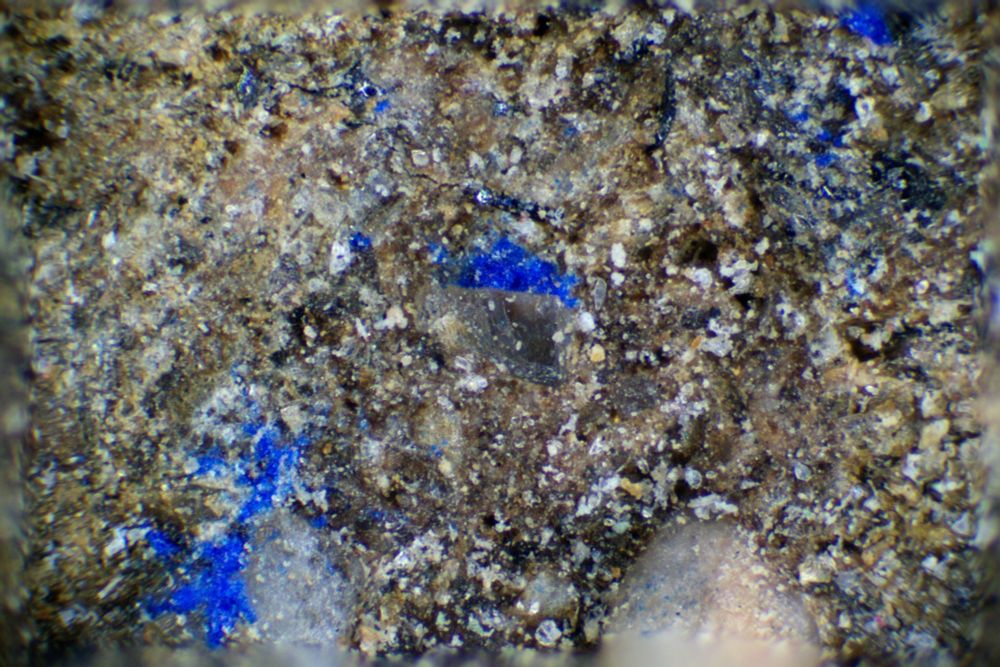Jean-François Cudennec
@jfcudennec.bsky.social
2.6K followers
610 following
980 posts
PhD. Old mollusks lover : Sclerochronology and isotopes in archaeological or paleontological context.
#PaleoSky curator and limpet nerd.
Also nature photographer:
https://bsky.app/profile/jfcphotos.bsky.social
Posts
Media
Videos
Starter Packs
Reposted by Jean-François Cudennec
Reposted by Jean-François Cudennec
Reposted by Jean-François Cudennec



















